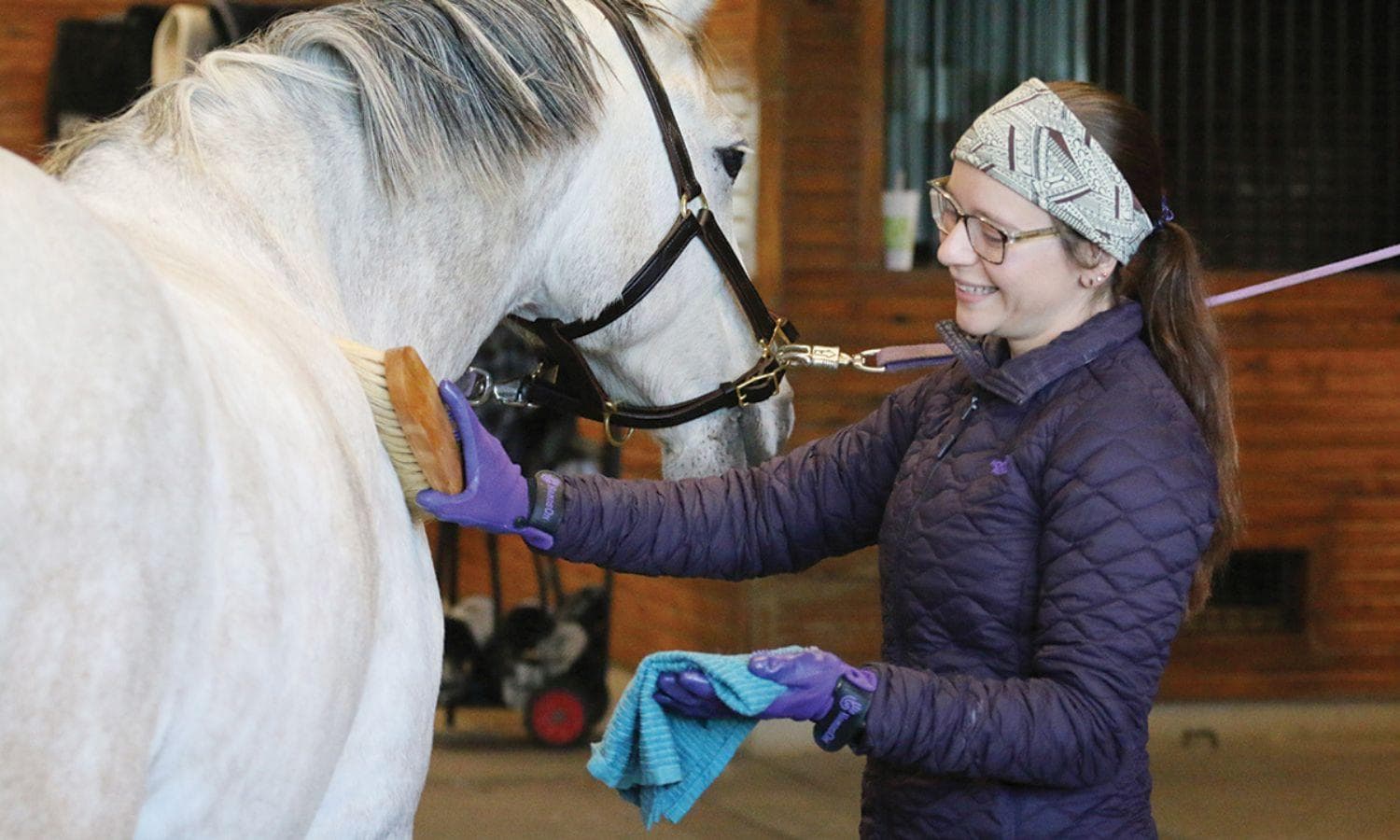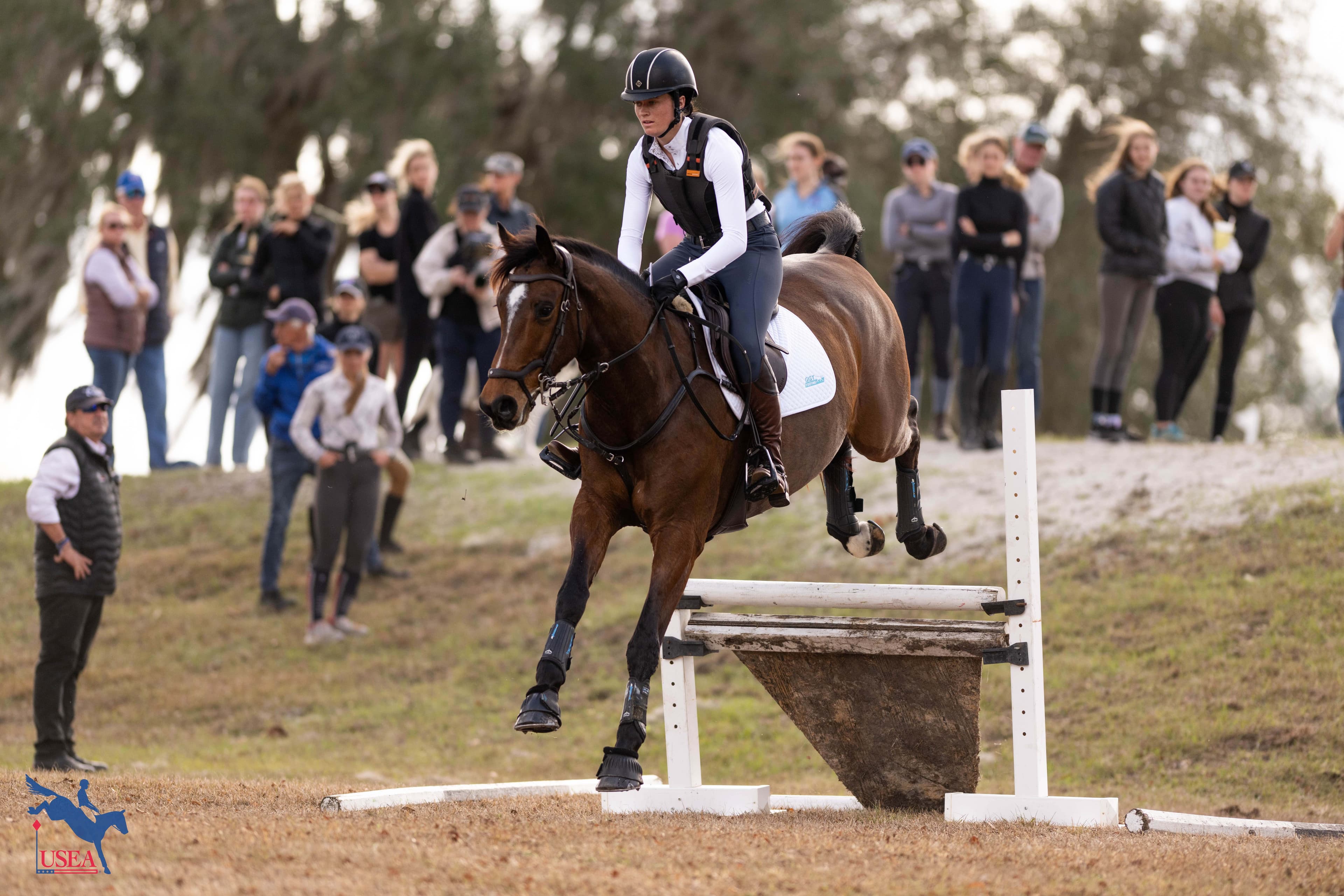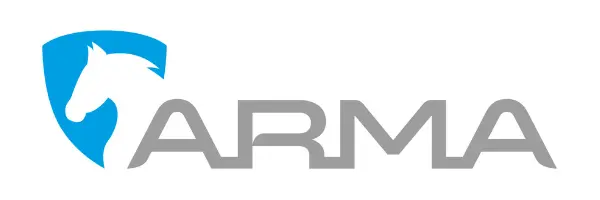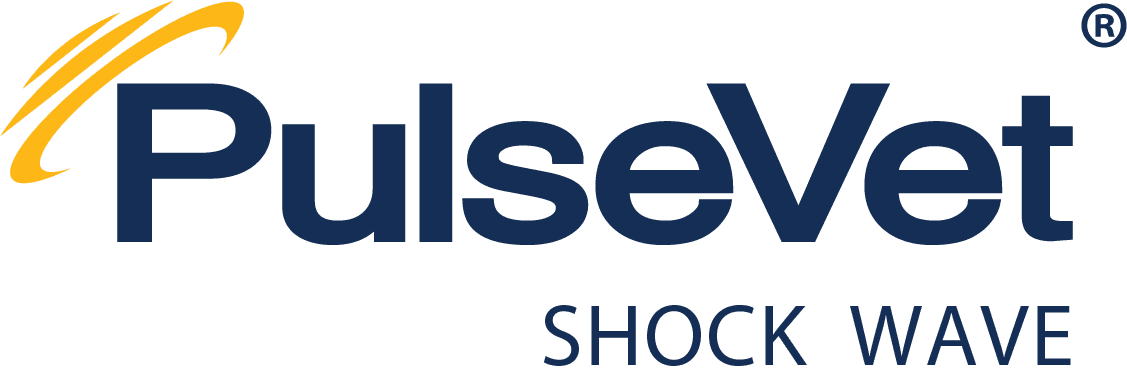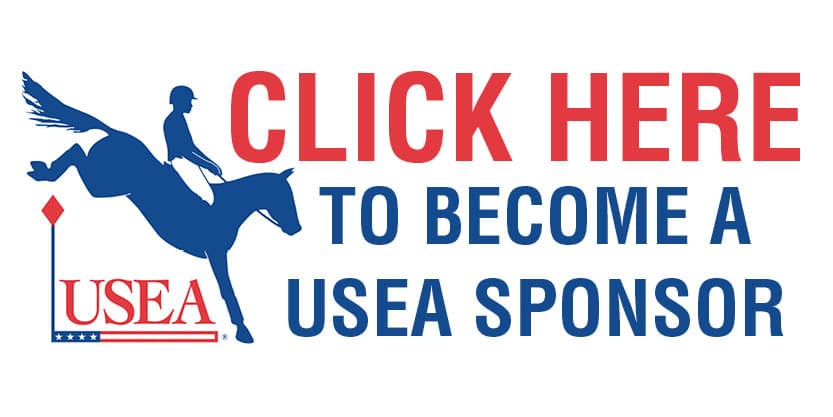Behind the Scenes at an Event: Risk Management
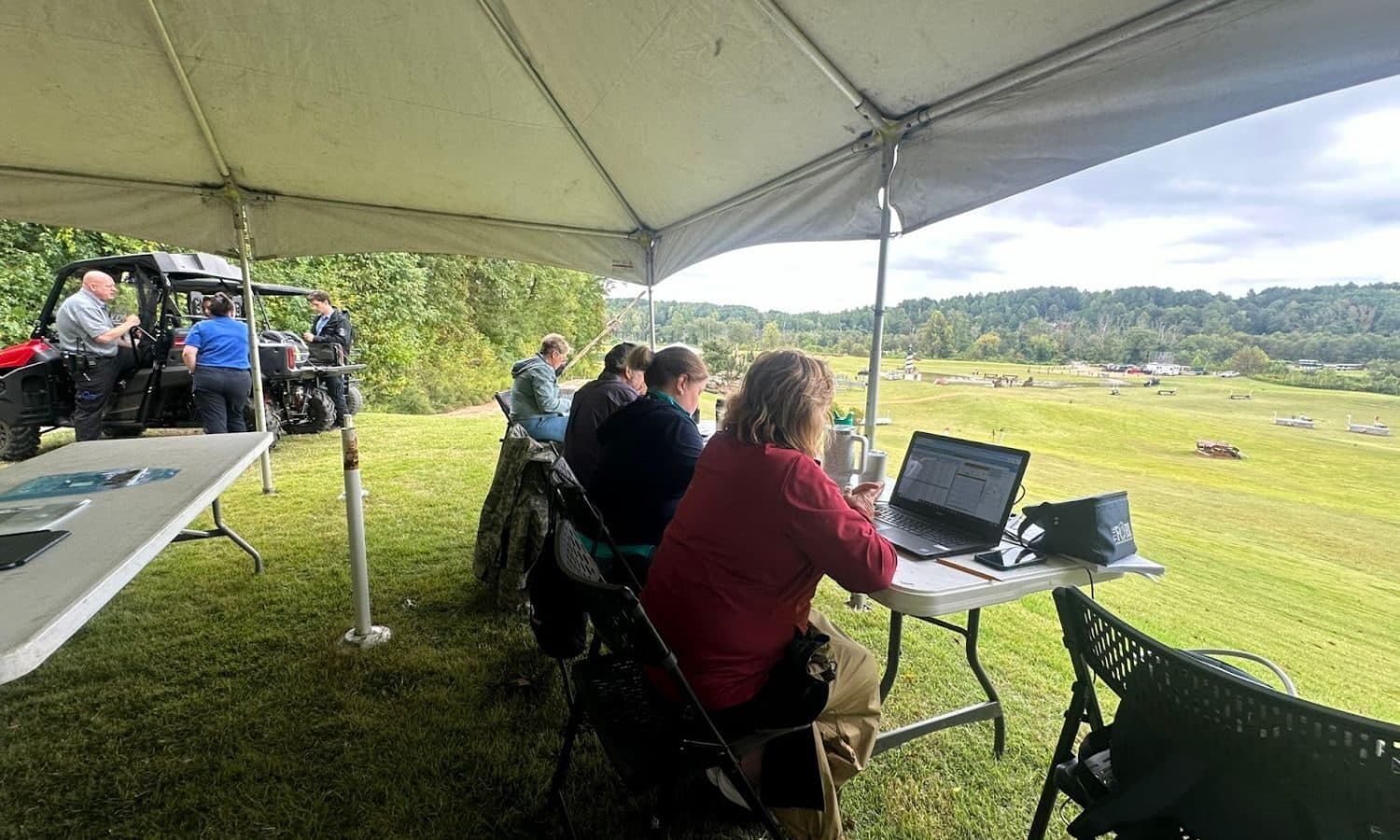
Everyone in the sport is aware that eventing is a high-risk activity. We partner with 1200 lb prey animals and ask them to fancy prance, jump fixed obstacles at high speed, and stay quick-footed over colored poles. What could possibly go wrong?
Inevitably, even with the best training and preparation, accidents happen while competing with horses. Fortunately, our organizers, governing bodies, and licensed officials have decades of experience managing the risks involved. This article will highlight the processes and procedures that are in place for the safety of our athletes, horses, and spectators.
Most of this information can be found in the U.S. Equestrian Federation Rulebook. From there, the team on the ground for each event will structure an accident preparedness plan that takes into consideration the local challenges. According to GR845, “all competitions must have in place, before the start of the competition, an accident preparedness plan. Competition Management is responsible for ensuring that all appropriate competition officials and competition staff are advised of the accident preparedness plan, and that they are distributed accordingly.”
The Safety Coordinator also contributes to establishing the accident preparedness plan, determining how emergency calls will be handled, radio protocol, and an action plan for specific situations, and assigns roles and responsibilities during the competition. The plan will also contain a list of emergency phone numbers, options for multiple outside responders if needed, directions to the closest trauma center, and assign which individuals are responsible for communications.
Before the start of the competition, organizers also hold a “safety meeting” where all necessary personnel meet in person to review various scenarios, ensuring everyone involved is aware of their role and responsibilities in the event of a serious incident. Typically, in these meetings are the Safety Coordinator, the on-site medics, the veterinarian, horse ambulance driver, the cross-country design and build team, cross-country Control, and the public relations/family liaison person. The Technical Delegate and the organizer conduct the meeting.
“I find the safety meeting imperative and crucial,” said Baron Crenshaw, a USEA Safety Coordinator that works with SOS, Inc. “All officials can lay eyes on one another. The rules, regulations, and procedures can quickly be shared and ascertained. The meeting ensures that everyone involved is reading off the same ‘sheet of music.’ ”
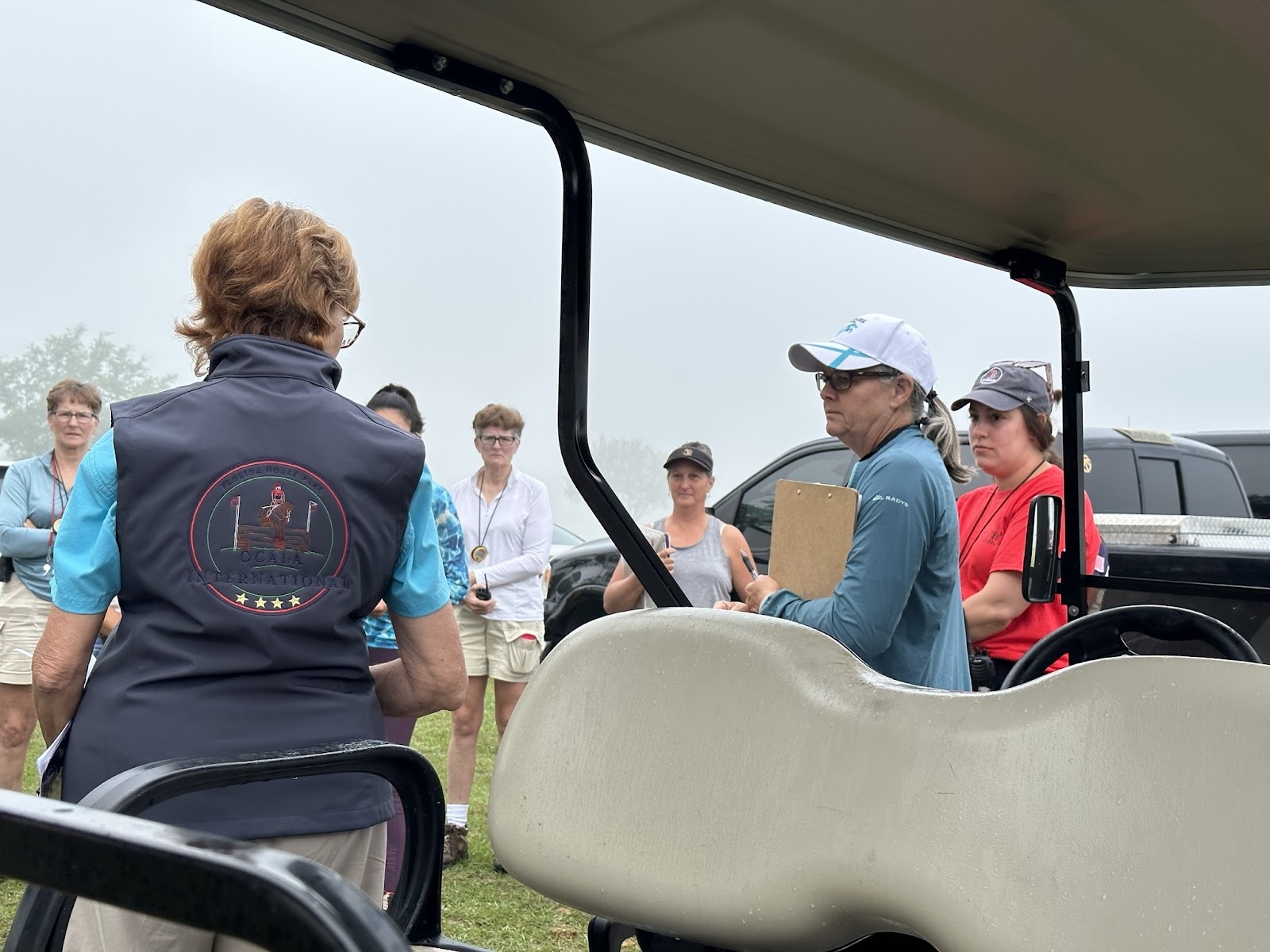
The meeting will cover such things as: how many medics are on site; what situations constitute putting the competition on hold; how and when to transport serious incidents via ambulance or equine ambulance; who will call 911; where is the closest equine hospital and human trauma center; what are the radio channels, and what is the weather? Event-specific issues are generally discussed as well. For example, in Ocala, it’s faster to transport via ambulance than by helicopter.
The use of Qualified Medical Personnel is outlined in GR 847. This includes the specific requirements for qualified medical personnel, including the necessary medical equipment they must carry, as mandated by the certifying State or EMS Region.
“We are pretty lucky in southeast Wyoming to have a wonderful EMS community that is capable of attending our three-day events,” said Allison Murphy of The Event at Archer in Cheyenne, Wyoming. “We rely heavily on the Laramie County Volunteer Fire Station, which has a brand-new station just seconds from the arenas. The surrounding small communities also support us with EMT and EMS, with a great off-road medical UTV for dressage and show jumping, and an ambulance for cross-country day. Costs are less expensive using a Volunteer Fire Department, yet they are just as qualified to assist in an emergency. As an organizer, I ensure that I provide them with adequate food, offer refreshments, and keep them engaged. We have had to use a professional ambulance company in the past, and they are quite a bit more expensive to obtain. However, if you schedule them well in advance, they will reserve a full ambulance and crew for your event.”
In eventing, all falls on cross-country (including warm-up) are required to have a cross-country fall report sent to the USEF. EV138 outlines accidents involving athletes, return to play, safety coordinator, medical personnel, and access to courses. Did you know that if you refuse to be examined by medical personnel after a fall, even a very minor one, you could be penalized by a fine of $100 (payable to the organizing committee) and a mandatory yellow warning card? Any loss of consciousness or appearance of a potential concussion precludes riders from competing until they are cleared by qualified medical personnel.
As an organizer, I take pride in having an established and respected team of individuals who are well-trained in their respective roles. I’m also lucky enough to work with some of the best Safety Coordinators in the business, and I have learned so much working at other events. Although we always strive to prevent accidents, I hope that now that you know more about the behind the scenes of risk management, and you will feel more comfortable and confident at your next outing.
Emily Holmes is a USEA/USEF/FEI organizer and USEF “r” Technical Delegate. She organizes all the Florida Horse Park events and schooling shows, including the Ocala International. You can also see her at the Horse Park of New Jersey and Fleur de Leap Horse Trials (Folsom, Louisiana). When Holmes isn’t organizing, you may see her in a Technical Delegate role somewhere on the East Coast. In her (limited) spare time, she enjoys her dogs, her fan fiction books, her horse, and silence.


